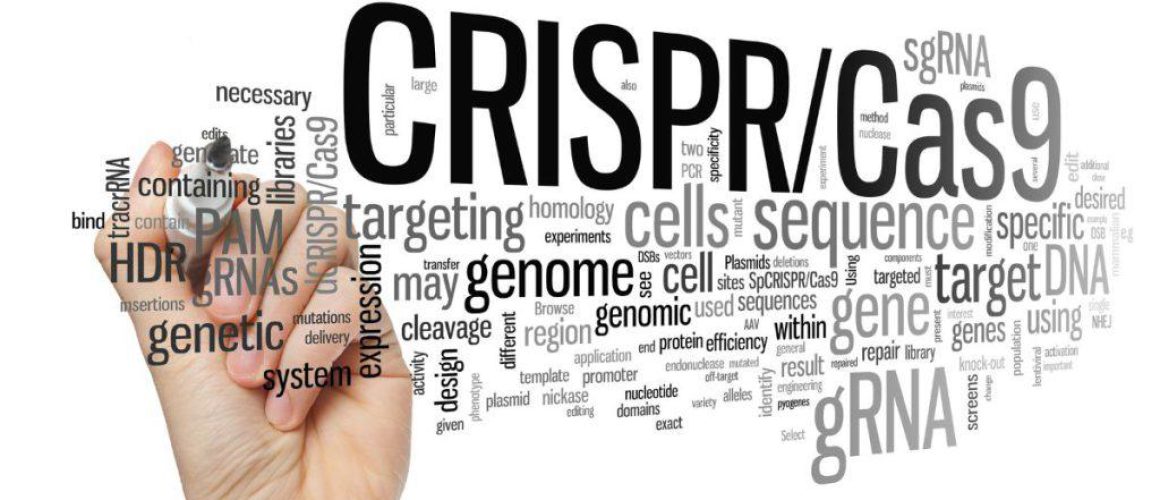Gene editing tools (CRISPR/Cas9)
Table of Contents
Gene Editing Tools
| Tool | Description | Applications |
|---|---|---|
| CRISPR/Cas9 | A system borrowed from bacteria that can be programmed to target specific stretches of genetic code. | Used in a wide range of organisms for various applications, from basic research to potential treatment of diseases. |
| Zinc Finger Nucleases (ZFNs) | Proteins that can be designed to target specific genes. | Used in research and therapeutic development for several diseases. |
| TALENs | Proteins that can be engineered to bind to any DNA sequence. | Used in genetic research, including the creation of genetically modified organisms. |
Gene editing tools, like CRISPR/Cas9, are the rockstars of Molecular Biology, transforming our genetic ‘doodles’ into masterpieces. Curious about how these tools are reshaping our world? Stick around, and let’s demystify the magic together!
Introduction
In the dynamic landscape of Molecular Biology, gene editing tools, particularly CRISPR/Cas9, are transforming our approach to genetic manipulation. These tools are not just scientific instruments; they are the paintbrushes with which we are beginning to redraw the boundaries of biological understanding. They are the keys unlocking doors to previously unexplored realms of genetic possibilities.
The power of CRISPR technology is that it enables us to rewrite the code of life and shape our genetic future.
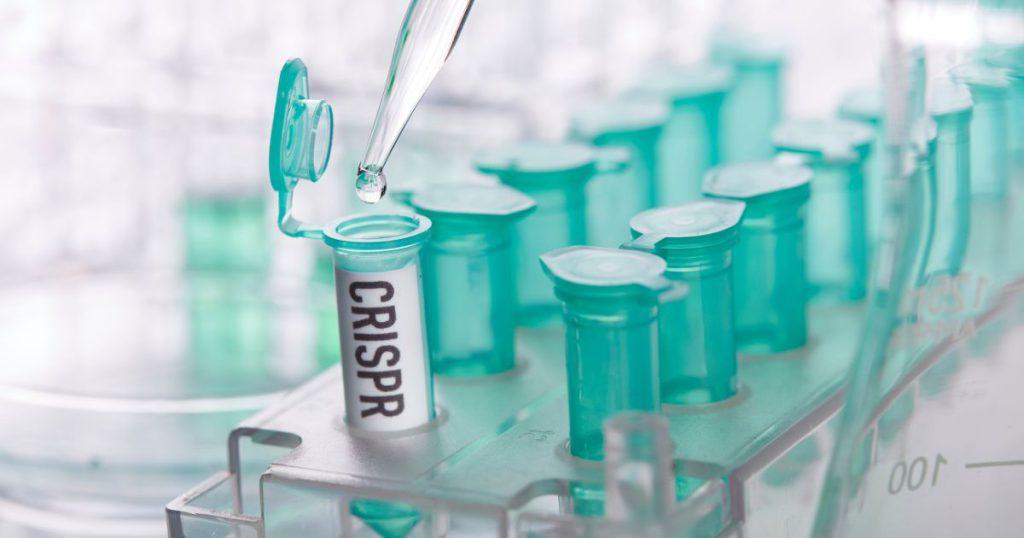
The advent of gene editing tools has ushered in a new era of biological exploration, where the genetic code is no longer a fixed blueprint but a dynamic canvas that we can alter and optimize. This shift in perspective is not just academic; it has profound implications for medicine, agriculture, and numerous other fields.
In this article, we will explore the world of gene editing tools, focusing on the star of the show, CRISPR/Cas9. We will delve into its workings, its versatility, and its potential applications, all while keeping the conversation engaging and accessible. So, let’s embark on this journey together, shall we?
Understanding Gene Editing Tools
Before we dive into the specifics of CRISPR/Cas9, it’s essential to grasp what gene editing tools are and why they hold such significance in Molecular Biology. Gene editing tools are like the ‘edit’ button for our genetic code. They allow us to make precise changes to specific genes, enabling us to study their functions, correct genetic defects, and even create organisms with new, desirable traits.
These tools have opened up a new world of possibilities in Molecular Biology. They have transformed the field from a largely observational science, where we could only watch and record what nature does, into an interactive one, where we can actively participate in the process.
The power of gene editing tools lies not just in their ability to change genes, but in their potential to change our understanding of life itself. They are the instruments that are helping us unravel the mysteries of the genetic code, one gene at a time.
Key Features of CRISPR/Cas9
| Feature | Description |
|---|---|
| Precision | CRISPR/Cas9 can be programmed to target specific locations in the genome. |
| Versatility | It can be used in a wide range of organisms and for various types of edits. |
| Ease of Use | The system is relatively simple to use in the lab compared to other gene editing tools. |
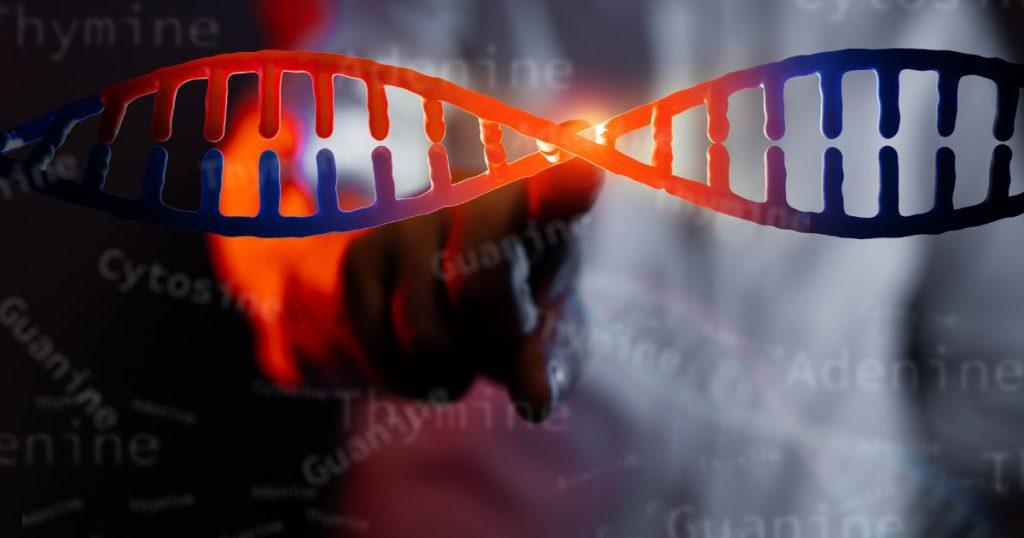
The Magic of CRISPR/Cas9
Among the various gene editing tools, CRISPR/Cas9 has emerged as a game-changer. Its precision, versatility, and ease of use have made it the tool of choice for many researchers. But what exactly is CRISPR/Cas9, and why is it so special?
CRISPR/Cas9 is a system borrowed from bacteria, where it serves as a kind of immune system, defending against viral invaders. Scientists have repurposed this system to edit genes in a wide range of organisms, from bacteria to humans.
The magic of CRISPR/Cas9 lies in its simplicity and precision. It’s like a pair of molecular scissors that can be programmed to cut the DNA at any desired location. This ability to make precise cuts in the DNA is what sets CRISPR/Cas9 apart from other gene editing tools.
Reasons Why CRISPR/Cas9 is Special
- CRISPR/Cas9 is a system borrowed from bacteria, where it serves as a kind of immune system.
- Scientists have repurposed this system to edit genes in a wide range of organisms.
- The magic of CRISPR/Cas9 lies in its simplicity and precision.
- It’s like a pair of molecular scissors that can be programmed to cut the DNA at any desired location.
How CRISPR Works
The magic of CRISPR lies in its unique mechanism of action, which allows for precise and efficient gene editing. The system consists of two key components: the Cas9 protein, which acts as the ‘scissors’ that cut the DNA, and the guide RNA, which directs the Cas9 to the correct location in the genome.
Once the Cas9 and guide RNA complex reaches the desired location, the Cas9 makes a cut in the DNA. The cell’s repair machinery then kicks in to fix the cut, and it’s during this repair process that changes to the gene can be introduced.
This elegant mechanism of action is what makes CRISPR such a powerful tool. It allows for precise, targeted changes to the genome, opening up a world of possibilities for genetic manipulation.
The Versatility of CRISPR
Types of Edits Possible with CRISPR
| Type of Edit | Description |
|---|---|
| Deletion | Small pieces of DNA can be removed. |
| Insertion | New pieces of DNA can be inserted. |
| Replacement | Entire genes can be replaced with other genes. |
The true power of CRISPR lies in its versatility. It’s not just a one-trick pony; it’s a multi-tool that can be used to edit almost any gene in a wide variety of organisms. From bacteria to plants to humans, CRISPR has proven its worth as a versatile and effective gene editing tool.
But the versatility of CRISPR extends beyond just the range of organisms it can be used in. It can also be used to make a variety of edits, from deleting or inserting small pieces of DNA to replacing entire genes. This versatility is part of what makes CRISPR such an exciting tool; it’s a Swiss Army knife for the genome.
Examples of CRISPR’s Versatility
- CRISPR can be used in a wide range of organisms, from bacteria to humans.
- It can be used to make a variety of edits, from deleting or inserting small pieces of DNA to replacing entire genes.
- This versatility is part of what makes CRISPR such an exciting tool; it’s a Swiss Army knife for the genome.
Is CRISPR the Best Gene-Editing Tool?
While CRISPR has revolutionized the field of gene editing, it’s worth exploring whether it’s indeed the best tool we have at our disposal. The answer to this question is not straightforward, as it depends on what you’re trying to achieve.
For many applications, CRISPR is indeed the best tool available. Its ease of use, precision, and versatility make it a powerful tool for a wide range of applications. However, it’s not perfect. There are still challenges to overcome, such as off-target effects, where the CRISPR system cuts at unintended locations.
Despite these challenges, CRISPR remains a powerful tool in the gene editing toolbox. As we continue to refine and improve this system, its potential applications only continue to grow.
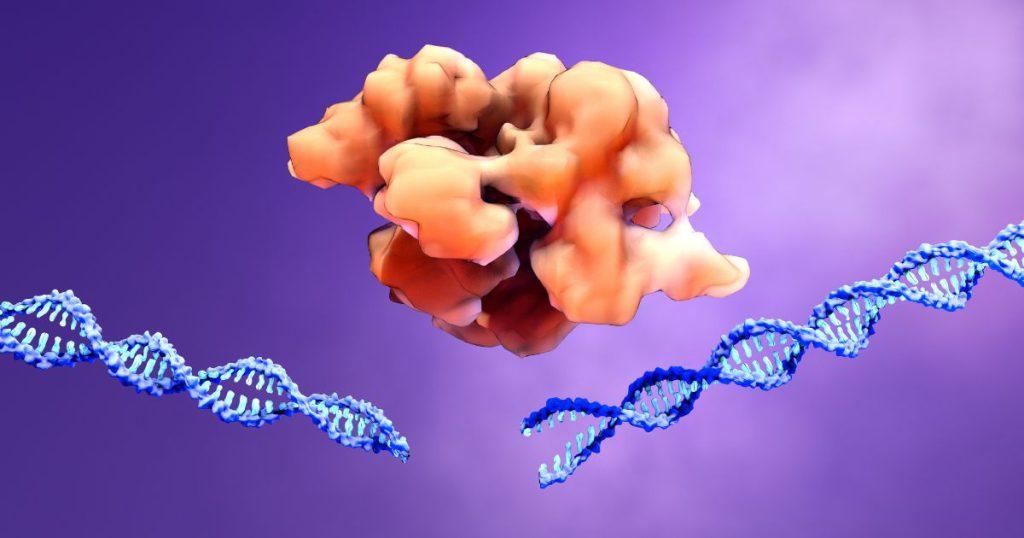
Applications of CRISPR/Cas9
| Application | Description |
|---|---|
| Medicine | CRISPR holds the promise of curing genetic diseases by correcting the underlying genetic defects. |
| Agriculture | It could be used to create crops that are more nutritious, resistant to pests and diseases, or tolerant of harsh environmental conditions. |
| Biofuel Production | CRISPR could be used to engineer organisms that produce biofuels more efficiently. |
| Animal Breeding | It could be used to create animals with desirable traits. |
The potential applications of CRISPR/Cas9 are vast and varied. From treating genetic disorders to improving crop yield, the possibilities are nearly limitless. In medicine, CRISPR holds the promise of curing genetic diseases by correcting the underlying genetic defects. In agriculture, it could be used to create crops that are more nutritious, resistant to pests and diseases, or tolerant of harsh environmental conditions.
Beyond these applications, CRISPR also holds promise in areas like biofuel production, animal breeding, and even the eradication of pests. The potential of CRISPR is only limited by our imagination.
Exciting Possibilities with CRISPR
- Treating genetic disorders by correcting the underlying genetic defects.
- Improving crop yield and nutritional value.
- Engineering organisms for more efficient biofuel production.
- Creating animals with new, desirable traits.
The development of CRISPR-Cas9 has opened the door to a new era of genetic manipulation. It’s not just a tool, it’s a revolution.
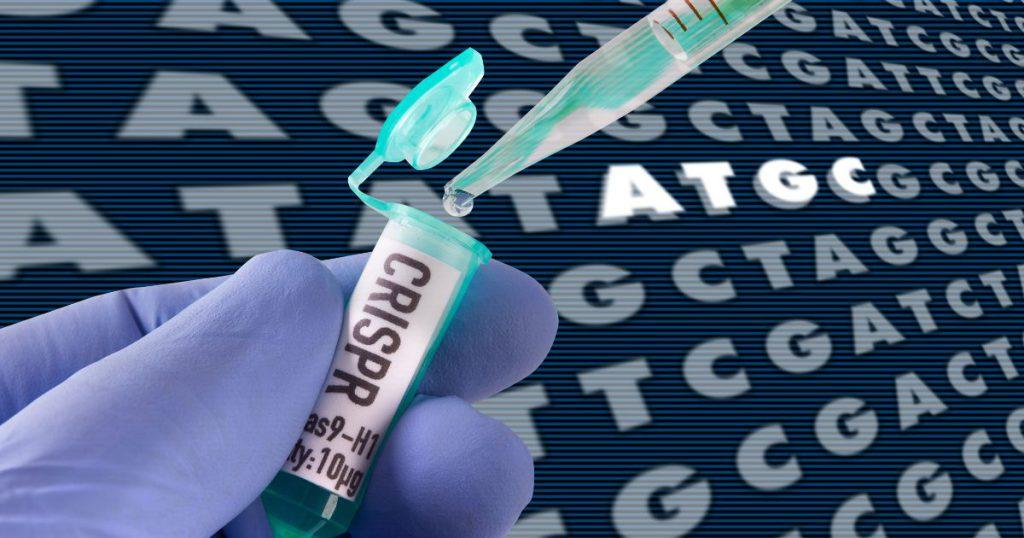
Conclusion
As we continue to explore and harness the power of gene editing tools like CRISPR/Cas9, we open up new possibilities in the field of Molecular Biology and beyond. These tools are not just reshaping our understanding of life at the genetic level; they’re reshaping our world.
This post is part of my Molecular Biology category. Also check out my series on Molecular Biology.
Other pages of interest: Cell Signaling: The Molecular Language of Life and What Does a Molecular Biologist Do?
Disclaimer: This article is intended for informational purposes only and does not constitute professional advice. The information contained herein is subject to change and may not be up-to-date. Always consult with a qualified professional for any decisions related to your health or well-being.
Frequently Asked Questions
What are the tools used in CRISPR-Cas9?
CRISPR-Cas9 utilizes two main components: the Cas9 protein, which acts like a pair of molecular scissors, and the guide RNA, which directs Cas9 to the specific location in the genome where an edit is needed.
How useful is CRISPR?
CRISPR is incredibly useful due to its precision, versatility, and ease of use. It can be used to make a variety of edits to the genome, from deleting or inserting small pieces of DNA to replacing entire genes. Its applications range from basic research to potential treatments for genetic diseases.
Can CRISPR edit all genes?
In theory, CRISPR can be used to edit any gene in a wide variety of organisms. However, the efficiency and precision of editing can vary depending on the specific gene and organism.
Is CRISPR the best gene-editing tool?
While CRISPR is currently the most versatile and widely used gene-editing tool, it’s not necessarily the best for all applications. Other tools like Zinc Finger Nucleases (ZFNs) and TALENs also have their advantages and may be more suitable for certain applications.
What are 3 applications of CRISPR-Cas9?
Three potential applications of CRISPR-Cas9 include: treating genetic disorders by correcting the underlying genetic defects, improving crop yield and nutritional value in agriculture, and engineering organisms for more efficient biofuel production.
Further Reading
The CRISPR tool kit for genome editing and beyond
Sean Schepers is a third-year Medical Technology student at Mahidol University with a passion for all things health and medicine. His journey into the world of medicine has led him to explore various fields. Sean's blog posts offer a unique perspective, combining his academic insights with personal experiences. When he's not studying or blogging, Sean enjoys keeping up with politics and planning his future career in medicine.
In addition to his studies, Sean serves as the chairman of the Rights, Liberties, and Welfare Committee, a role that reflects his commitment to advocacy and social justice. Beyond his academic pursuits, Sean offers tutoring services in English and Biology, further demonstrating his dedication to education and mentorship. His journey is one of continuous discovery, and he invites others to join him as he explores the dynamic and transformative world of medical technology.

